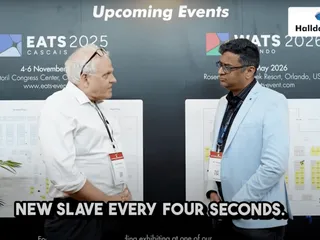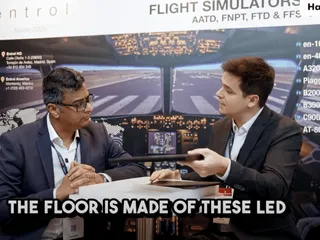Epic Games Expands Functionality of Unreal Engine
Contact Our Team
For more information about how Halldale can add value to your marketing and promotional campaigns or to discuss event exhibitor and sponsorship opportunities, contact our team to find out more
The Americas -
holly.foster@halldale.com
Rest of World -
jeremy@halldale.com

Epic Games has released version 5.3 of Unreal Engine (UE5), expanding functionality and potential for game developers and creators across industries.
As well as enhancements to core rendering, developer iteration, and virtual production toolsets, Epic Games is introducing Experimental new rendering, animation, and simulation features to give users the opportunity to test extended creative workflows inside UE5—reducing the need to round-trip with external applications.
the improvements also offer higher-quality results and enhanced performance for linear content creators.
Specifically, Nanite has faster performance for masked materials, including foliage, and can represent a greater range of surfaces due to the new Explicit Tangents option, while Lumen with Hardware Ray Tracing has expanded capabilities that include multiple reflection bounces, and delivers faster performance on consoles.
Other areas with notable advancements include Virtual Shadow Maps (VSM)—which is now Production-Ready—Temporal Super Resolution (TSR), Hair Grooms, Path Tracing, and Substrate.
In another useful improvement, developers can now leverage additional CPU and memory resources when converting content from the internal UE format to a platform-specific format, significantly reducing the time it takes to get a cooked output from a build farm server or on a local workstation.
Enabling Multi-Process Cook launches subprocesses that perform parts of the cooking work alongside the main process. Developers can select how many subprocesses they want to run on a single machine.
Unreal Engine 5.3 introduces a number of new Experimental features, which the company expects to further develop in future releases.
Two new features, Sparse Volume Textures (SVT) and Path Tracing of Heterogeneous Volumes, bring new capabilities for volumetric effects such as smoke and fire.
Sparse Volume Textures store baked simulation data representing volumetric media and can be simulated in Niagara or imported from OpenVDB (.vdb) files created in other 3D applications.
In addition, more complete support for rendering volumes is now available as Experimental in the Path Tracer. This offers the potential for high-quality volumetric rendering—including global illumination, shadows, and scattering—for cinematics, films, episodic television, and other forms of linear content creation directly in UE5.
Real-time use cases such as games and virtual production can also begin experimenting with SVTs for playback of volumetric elements, although performance is limited at this time and highly dependent on the content.
These are just some of the new features and enhancements in Unreal Engine 5.3.


